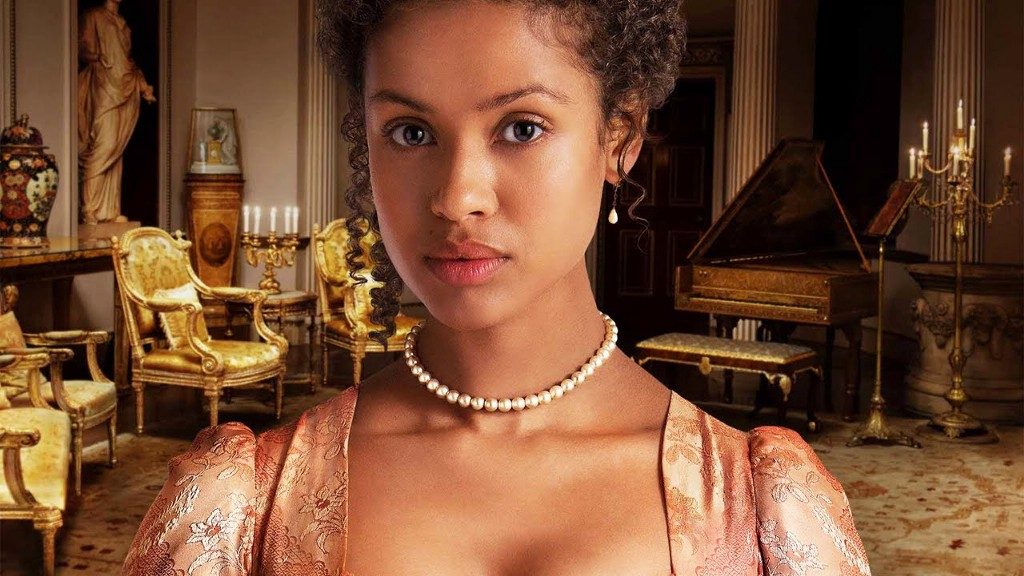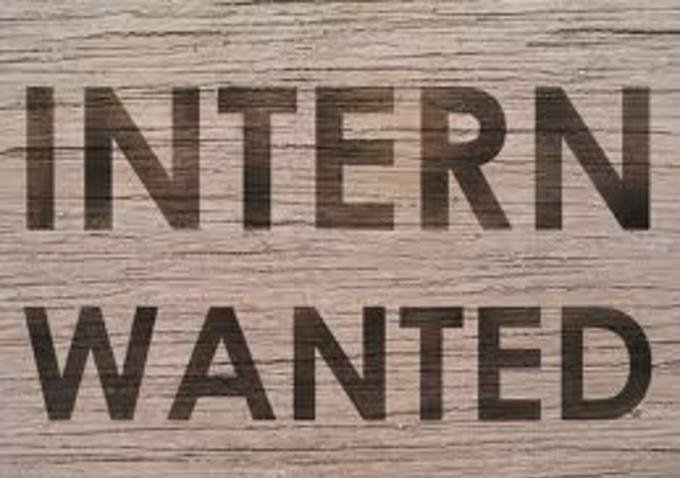Have you seen the extraordinary new film Belle?
Amma Asante’s latest project is not just a great work, but a testament to
the equal ability of women to direct great films.
In fact, Belle exemplifies the
rare perfect storm of everything going right in a film production. Both behind
the camera and on the screen, Belle
provides a perfect template for women directors to follow in the ongoing battle
for equality.
Asante told the Associated
Press, “My stories are about women, so why not have women help make them?
Being in a strong position where you can make the decisions… I have a
responsibility to open up those opportunities.”
Behind the camera, Asante, whose screenwriter was female, did just that by hiring lots of women on her production team: editors,
composer, set decorator, costume designer, visual effects — all women.
The
results are exquisite.
Belle’s circumstances certainly represent a contrast to the rest of Hollywood, where women directors currently face near total exclusion from feature films. This summer, of the 39 American studios features to be released, not one has a women at the helm.
So what can we learn from Belle?
The central conflict in the story emerges from Belle’s need to
make her powerful uncle, Britain’s Chief Justice, transcend the status quo to
follow his overarching moral consciousness. Belle’s bold
determination results in a historic legal decision that will eventually lead to the end of the
British slave trade in 1807.
In the film, change had to come from the top. We should follow Belle’s successful example by also striving to bring about the change we want from the top.
The organization Women Directors in
Hollywood is now appealing prominent government and independent
organizations to help encourage the DGA and Hollywood studios to increase female employment by amending the 2014 Collective Bargaining agreements. (For more details on how the most recent round of DGA negotiations does nothing to advance the careers of its female members, read my previous editorial.)
People in powerful positions, from lawmakers and politicians to
studio executives, often live according to one standard in their
everyday lives while following a different standard in their official
capacities. That’s certainly the case in Hollywood, where almost everyone seems to support the idea of women directing, but very few industry
executives of either gender vary from the status quo in their final decision-making.
As Asante demonstrates in Belle, it takes a great person to stand against current injustices and do the right thing
according to their conscience.
Asante helps us reevaluate why women’s stories are so important
to our society and, with the extraordinary level of filmmaking she has accomplished, question why so few women directors are permitted a voice in the industry’s playing field.
Belle is indeed the very best
argument available today for advancing opportunities for women directors. Hollywood
producers who claim they can’t find talented female directors and yet have not
seen this film must question their commitment to diversity.
The
American Civil Liberties Union (ACLU) has recently called attention to the
rampant discrimination faced by female directors. As Melissa Goodman,
Senior Staff Attorney at the ACLU of Southern California, wrote: “The DGA says it is working to
address the problem…. No doubt truly effective diversity programs and real
enforcement of these agreements… would make a real difference.”
Together, with the inspiration of great directors like Asante
and exhilarating stories like Belle
to embolden us, we can create the change that needs to come so that next summer, we are not bereft of films by women.
Previously: Belle Director Amma Asante Explains Why She Wanted Tell a Jane Austen Story With a Black Protagonist







